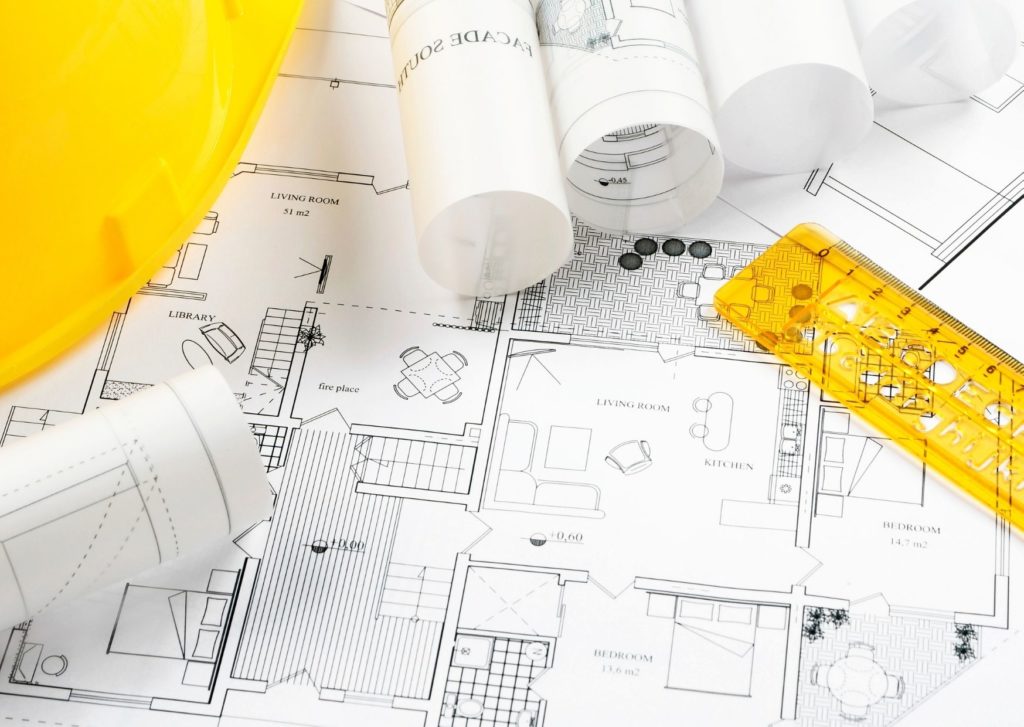What Makes a Project Agile
You might have heard the term agile project.
It might seem like another industry buzzword. But project agility is actually a fantastic way of project managing.
Traditional project management follows a straightforward approach. You complete your task and hand it on to the next person. Much like a relay race. Each team passes the baton on.
This can lead to major problems down the line. What if the consumer needs change? Or the market shifts? That is where project agility comes in.
What Is an Agile Project?
In a relay race, any stumbling over the finish line is attributed to the individual.
While this might be fine in high-pressure sports, it’s not so great in development projects. It means that any failures and blowouts are attributed to individuals and teams not meeting their targets, rather than the process as a whole. It became clear that some projects require a different approach.
Project agility started not in software, but in manufacturing. Toyota didn’t believe development was a relay race. They took inspiration from another sport, rugby, and used this to come up with the idea of the scrum.
Described as, “where a team tries to go the whole distance as a unit, passing the ball back and forth,” this methodology revolutionised their business. With small teams and goals that would go back and forth between experts, scrum formed the basis of agile management. It didn’t take long for this ethos to bleed into other industries.
In 2001, a number of developers saw that the current ways of software development had become unsustainable. They knew that as the digital age grew, the way we managed large scale projects would have to change. As they discussed ways to disrupt the process, one of the key ideas was Toyota’s manufacturing scrum. This is where The Agile Manifesto for software development was born.
Key Principles of Agility
When we talk about an agile project, we are often not just talking about a specific process but a mindset. It accounts for adaptability and change and prioritises the client every step of the way.
Project agility comes from having small, deliverable tasks that you provide to clients. There are four key values in the Agile Manifesto.
-
Individuals and interactions over processes and tools
-
Working software over comprehensive documentation
-
Customer collaboration over contract negotiation
-
Responding to change over following a plan
We’re going to take a break from sports analogies and software development for a moment and talk about project agility in a different way. Think about great architecture.
The way it responds to the environment, the needs of the people, the time and place in which it was constructed. Buildings don’t simply exist but are born out of collaboration. They adapt and change as the project goes forward.
But like all agile projects, it does not end when the building has finished constructions. We change the tiles, redo the floors, or create a garden. That is the beauty in project agility — knowing what you want but adapting to what you need.
Waterfall vs Agile
The waterfall approach to project management is exactly how it sounds.
Here the path is linear with clear set goals. You move in a straight path from design, to code, to launch. While there is nothing wrong with this approach, and it might be perfect for certain projects, it lacks adaptability.
Taking this back to architecture we see this process as consult, design, then build. The end product using this method would certainly be a house — but would it fulfil the expectations of the client? What if their needs changed halfway through the project?
This is where the beauty of agility comes in. It focuses on small deliverable products with client feedback every step of the way.
Why We Love Agile Projects
There’s a reason why project managers like running their projects like this.
It benefits both the client and the workers. By focusing on smaller goals, with refinement stages, there is less of a risk of burnout or miscommunication. It is also much easier for clients to get both what they want, and what they need.
It prioritises collaboration. And promises better outcomes for everyone.
Are you looking to make your development project more agile? Come and chat with the experts at Emote today.



